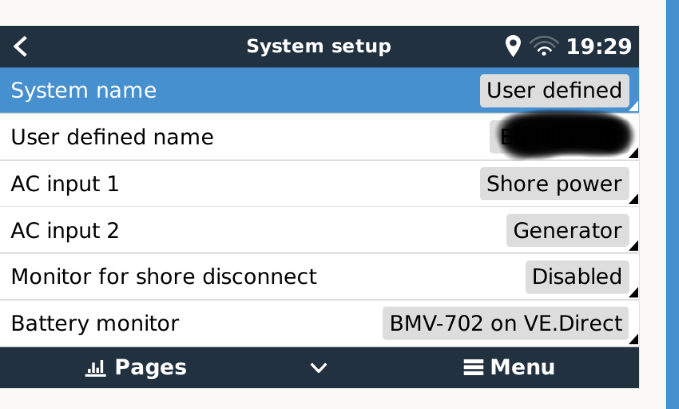I have a system consisting of a CCGX, SmartSolar MPPT 150/35, Multiplus II and a SmartShunt 500A. All the devices are connected via VE.Direct or VE.Bus.
I have 1800W of PV, and a 48V lead acid battery bank running in an off-grid cabin. The MPPT is set up with the correct charge voltages in accordance with the batteries' datasheet.
During the sunny part of the year I have usually let the MP run 24/7 to run a fridge as well as the broadband router, which adds a small load to the system. After doing this the batteries started to degrade rapidly.
I think the culprit may be that the MPPT controller cannot really know if this extra current is going directly into loads, or if it is the batteries accepting more current. Therefore it may not know when to switch from absorption to float voltage.
Up until now I have been using the system without DVCC. I am wonder if DVCC can be used to improve the lifetime of the batteries by letting the SmartShunt read the current going into the batteries rather than the MPPT controller itself. That way the system can distinguish a charge current from direct use and better determine the charge phase of the batteries.
Does anyone have any experience with this?

